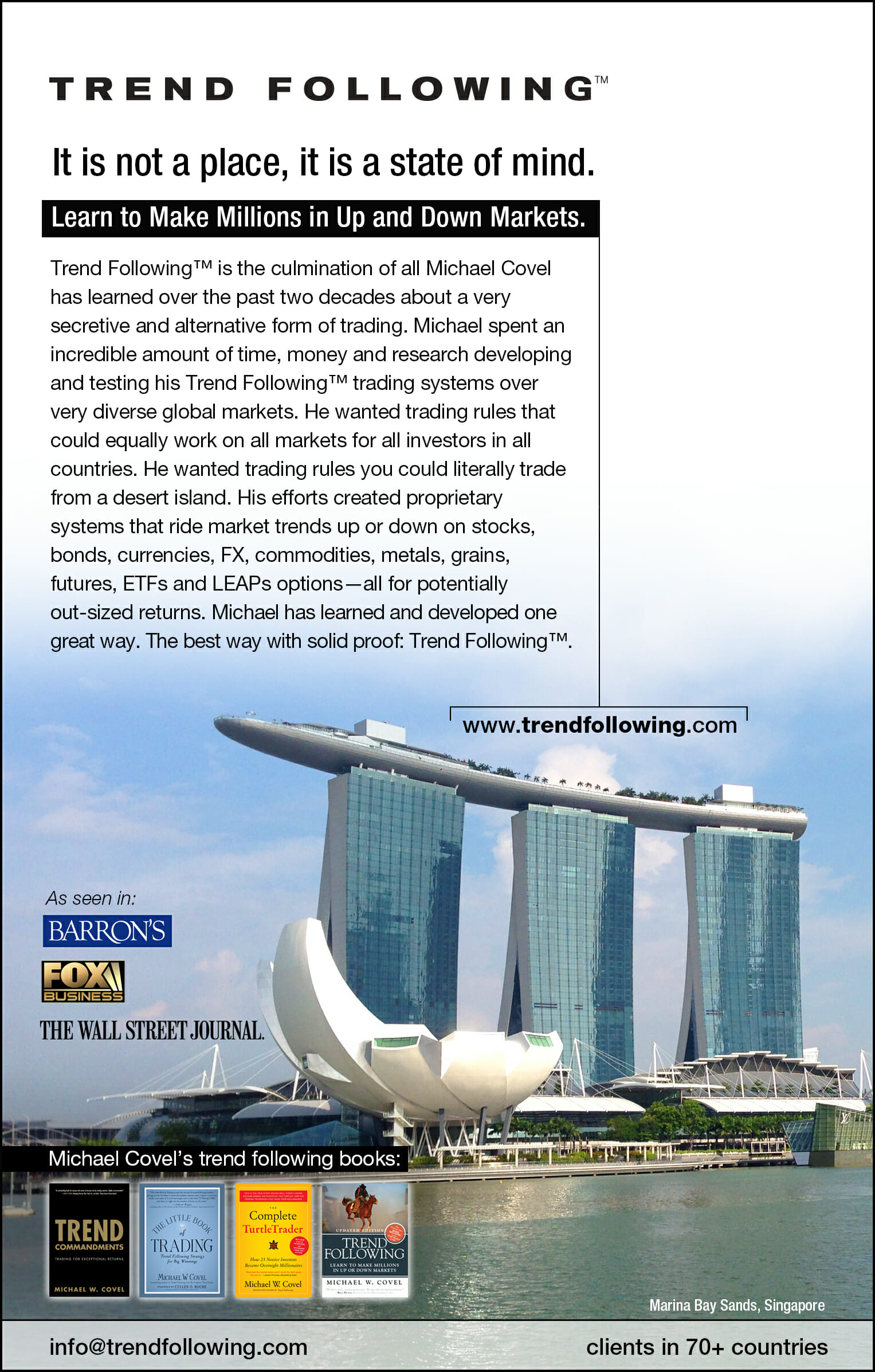A reader recently forwarded to us a trading style description used by a pro trader:
We believe there is potentially reduced risk and greater profit potential within the short-term swings of a market move, rather than the entire move itself. i.e. An investor could potentially earn less profit by holding a position for an entire long-term move versus if he/she bought and sold the short-term swings of that move. Not only could an invester [sic] potentially earn a higher return, but he/she could have potentially reduced trading risk because positions are never held overnight. All accounts are “flat”, with no positions at the end of each trading day. Our approach to the index markets is simple: Take small consistent profits while employing strick [sic] money management techniques. Statistics show that the probability of success is greater by taking smaller profits per trade rather that waiting for the “big winner.” Less risk is taken and trading capital is not tied up for long periods of time.
We have never seen this so-called statistical evidence. We have seen traders blow up with this philosophy. It sounds very similar to Long Term Capital Management (PBS Special on LTCM). How did they view trading and the markets? Consider this, from Ian Kaplan:
LTCM applie[d] financial models that assume[d] that markets are logical and will always tend toward equilibrium. LTCM [made] huge financial bets, in thousands of market positions. For four years LTCM show[ed] excellent returns. In the third and final act, LTCM crashe[d] and burn[ed], endangering the US financial system…LTCM ignored two underlying assumptions behind the market models they used: 1.) The models assumed that markets are always liquid (e.g., you can always sell an asset at a reasonable price). 2.) Markets tend toward equilibrium, where “mispricings” are corrected. During a market panic, liquidity dries up as investors move their money to safer investments. While market equilibrium may be true in the long run, there can be “mispricings” that can persist for periods of time long enough to lose five billion dollars. In the end much of the personal wealth of the LTCM founders [was] destroyed.
Sure it might “feel” like day trading or shorter term trading is less risky, but the performance data over 20+ years from top trend traders paints a different picture. They show clearly the survivors are the home run hitters. They are the consistent winners.
Trend Following Products
Review trend following systems and training:

More info here.
